It was not until the merger of the new province that Lam Dong land caught up, harmonized and converged a cultural region. In ancient history, the relationship between the ethnic groups of the Central Highlands and the residents of the South Central Coast was extremely close.
Cultural vestiges of the Cham and coastal Vietnamese people appeared in the highlands very early. Many Cham relics are present in the middle of the forest. Epics and folk tales of the Central Highlands and Cham ethnic groups mark the relationship between ethnic groups from ancient times. During the resistance war against the French, the patriotic movements from the highlands of the leaders N'Trang Long, Mo Co... all had the participation of Cham insurgents. The war zones of the Viet Minh forces against the French were all in the mountains, forests, and villages of all three former provinces. During the resistance war against the US, Lam Dong belonged to the Heroic Zone VI; this was an area with a special strategic position, including the former provinces: Quang Duc, Lam Dong, Tuyen Duc, Ninh Thuan , Binh Thuan and Binh Tuy...
Historical fate has connected the lands of Lam Dong. That has created a portrait of a new province in promoting the natural advantages and cultural colors of ethnic groups. Coming into a "common home", Lam Dong has the largest natural area in the country with 24 thousand km2; 103 communes, 20 wards and 1 special zone; a population of more than 3.87 million people, 49 ethnic groups, of which ethnic minorities account for 17.6%. Lam Dong has become a place of convergence and harmony of diverse cultural colors, those colors are like a brocade, creating an impression and attraction. A general statistic, Lam Dong after the merger is a locality with 7 cultural heritages recognized by UNESCO, 10 national intangible heritages, 3 special relics, 144 historical relics and scenic spots. The provincial museum is preserving more than 112,000 artifacts and documents, including three national treasures (Dak Son lithophone, golden Linga and Bac Binh Avalokitesvara statue).
In the past, the highlands were the eternal homeland of ethnic groups such as: Ede, M'Nong, Co Ho, Ma, Chu Ru... Today, this land is a good land for residents from many regions in the country to gather. The culture of the ethnic groups in the Lam Dong highlands was formed on the foundation of Vietnamese culture, the culture of local ethnic minorities and a part of the culture of the northern ethnic minorities who have just settled down. The intersection of these elements creates a unique and rich folk culture treasure; expressed in architecture, costumes, cuisine; in craft villages; in beliefs, customs, festivals, folk arts. In particular, the old provincial capital - Da Lat is now an urban area with 4 titles recognized by UNESCO, including: Central Highlands Gong Cultural Space, Nguyen Dynasty Woodblocks, Lang Biang World Biosphere Reserve and Da Lat - UNESCO Creative City in the field of music . Da Lat Flower Festival has also become a cultural brand recognized by many domestic and foreign organizations.
The coastal region of Lam Dong is an area that converges many unique cultural features of the community of 35 ethnic groups, in which the Champa civilization and the maritime culture of the Vietnamese are very clear marks. It can be said that the unification of Lam Dong is to extend the list of ethnic groups; expand the cultural space of the region and enrich the "collection" of tangible and intangible heritage systems. Those invaluable heritages are the foundation, potential, pride and driving force for the development process of a mountainous region.
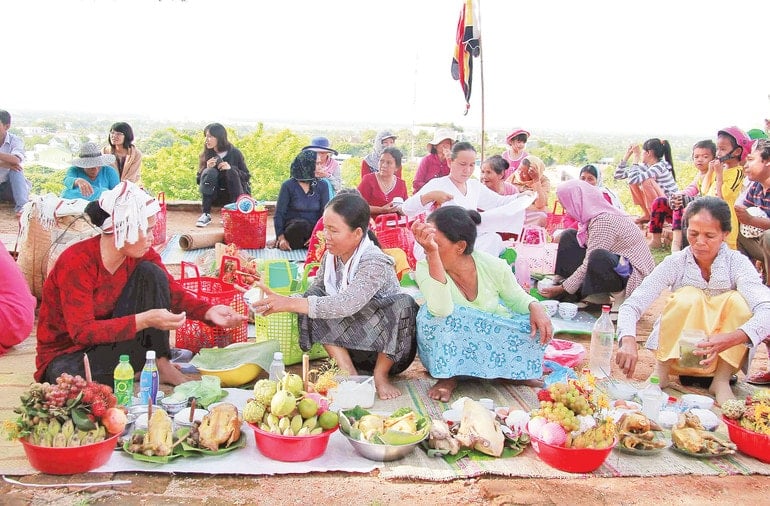
Currently, the province has more than 70 ranked historical-cultural relics and scenic spots, including 28 national relics and scenic spots and 4 intangible cultural heritages that have been included in the List of National Intangible Cultural Heritages by the Ministry of Culture, Sports and Tourism.
Source: https://baolamdong.vn/ket-noi-hoi-tu-mot-vung-van-hoa-394274.html




![[Photo] Binh Trieu 1 Bridge has been completed, raised by 1.1m, and will open to traffic at the end of November.](https://vphoto.vietnam.vn/thumb/1200x675/vietnam/resource/IMAGE/2025/10/2/a6549e2a3b5848a1ba76a1ded6141fae)





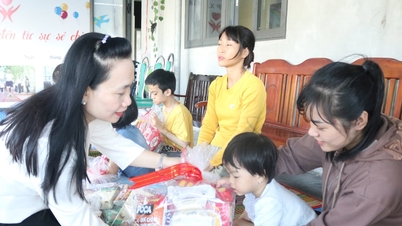

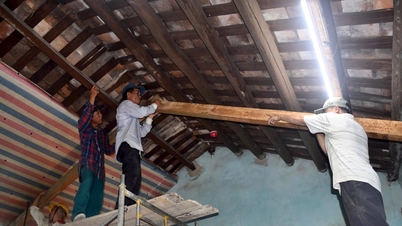
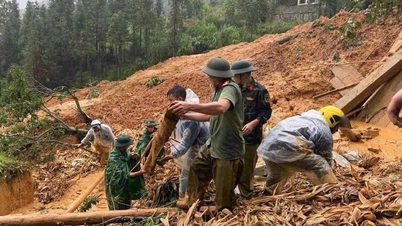






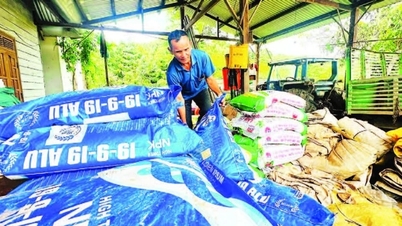
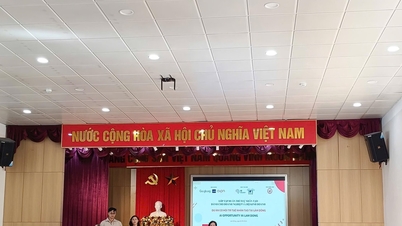
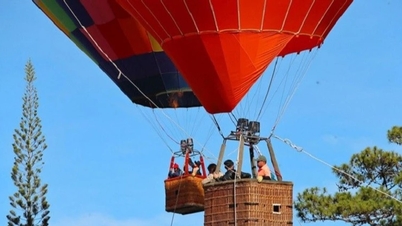





































































Comment (0)